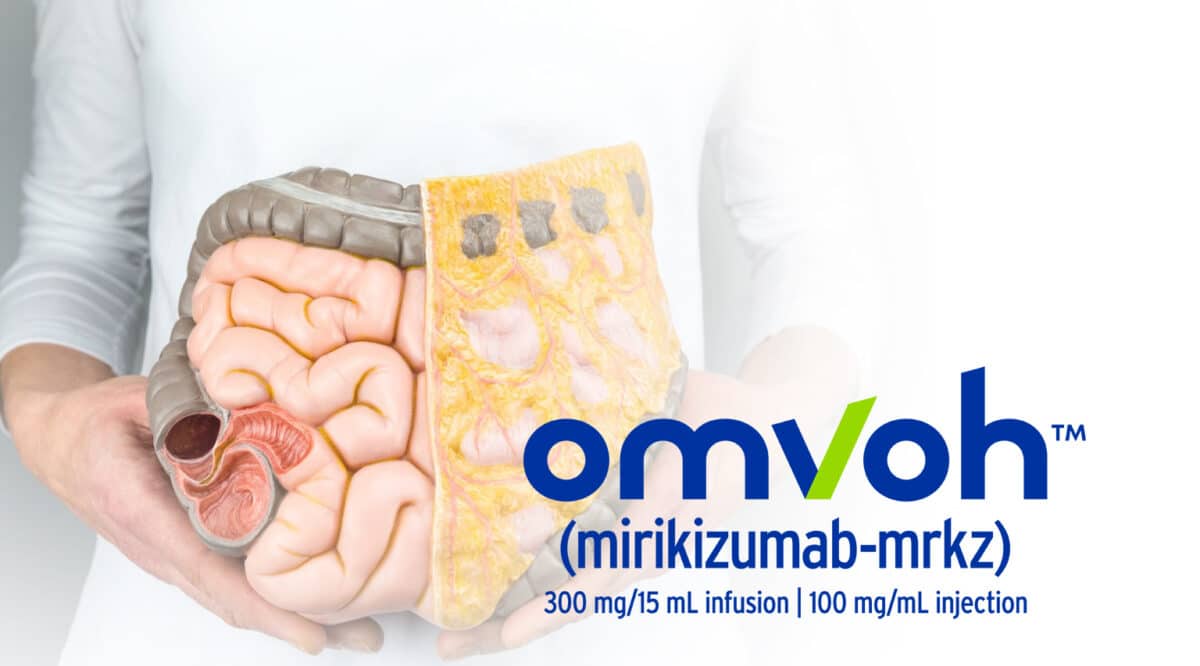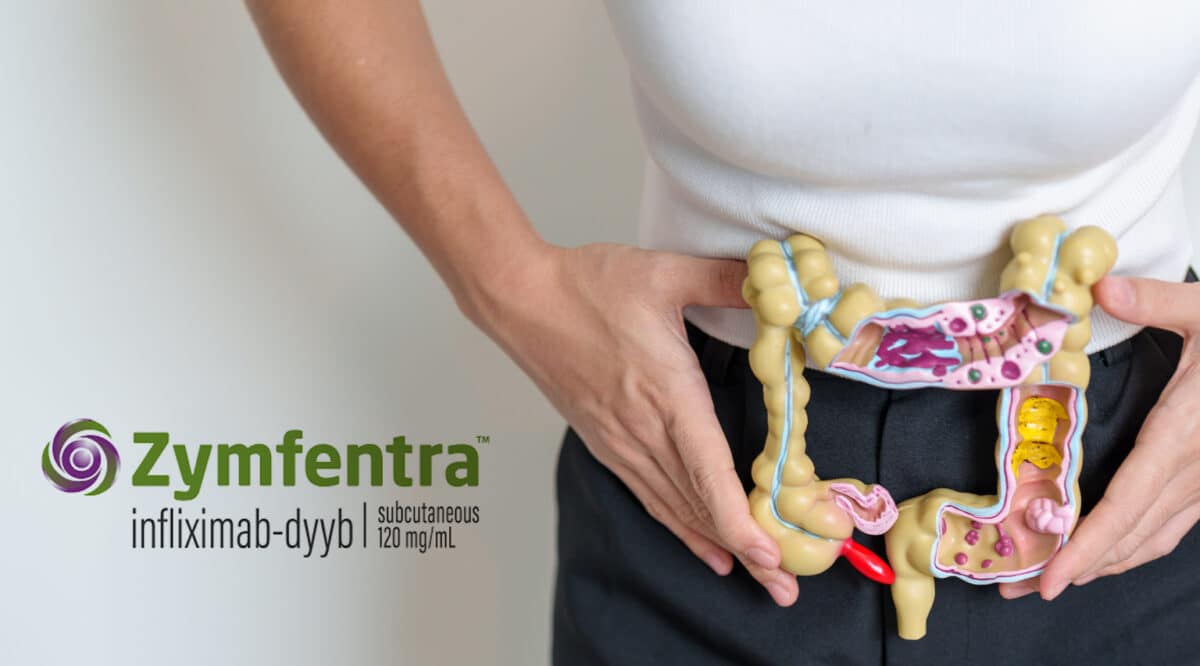The FDA recently approved a new therapy, Omvoh (mirikizumab-mrkz) from Eli Lilly and Company, for the treatment of moderately to severely active ulcerative colitis (UC) in adults.
Most noteworthy is that Omvoh is available in both Infused and Subcutaneous forms.
· The recommended induction dosage is 300 mg by intravenous infusion at weeks 0, 4, and 8.
· The recommended maintenance dosage is 200 mg administered by subcutaneous injection (given as two consecutive injections of 100 mg each) at Week 12, and every 4 weeks thereafter.
Ulcerative colitis is a type of inflammatory bowel disease (IBD). It causes inflammation and ulcers, or sores, in the large intestine. Scientists still do not know the main cause of ulcerative colitis, however, environmental factors, imbalance in the gut and immune system are suspected leading contributors. Genetics also play a role in ulcerative colitis, as well as age (most are diagnosed between the ages of 15 and 30.) and ethnicity as Caucasians and those of Ashkenazi Jewish descent are at a higher risk for developing the disease.
Symptoms range from mild to severe with periods of worsening symptoms — called flares — and diminished symptoms — called remission — occurring over time.
Common symptoms of ulcerative colitis include:
· nausea
· diarrhea
· bloody stools with mucus
· abdominal pain or cramping
· inability to pass stools despite frequent urges
· rectal bleeding
· fatigue
· unintentional weight loss
· loss of appetite
· dehydration
Omvoh has a list price of $9,593 per month for the IV formulation and $10,360 per subcutaneous administration. It is presumed that access to the IV form will be through national distributors. Lilly has not announced whether the subcutaneous form will be restricted to limited distribution.
CLICK HERE to read prescribing information
——————————————————————————————–
FDA Approves Lilly’s Omvoh (mirikizumab-mrkz), A First-in-Class Treatment for Adults with Moderately to Severely Active Ulcerative Colitis
· Omvoh delivered significant improvement in bowel urgency, reported by people with UC
· Lilly’s first approved treatment for a type of inflammatory bowel disease
INDIANAPOLIS, /PRNewswire/ — Eli Lilly and Company (NYSE: LLY) announced that the U.S. Food and Drug Administration (FDA) has approved Omvoh™ (mirikizumab-mrkz) infusion (300 mg/15 mL)/injection (100 mg/mL), the first and only interleukin-23p19 (IL-23p19) antagonist for the treatment of moderately to severely active ulcerative colitis (UC) in adults.
Marking a significant milestone, Omvoh is the only UC treatment that selectively targets the p19 subunit of IL-23, which plays a role in inflammation related to UC.











